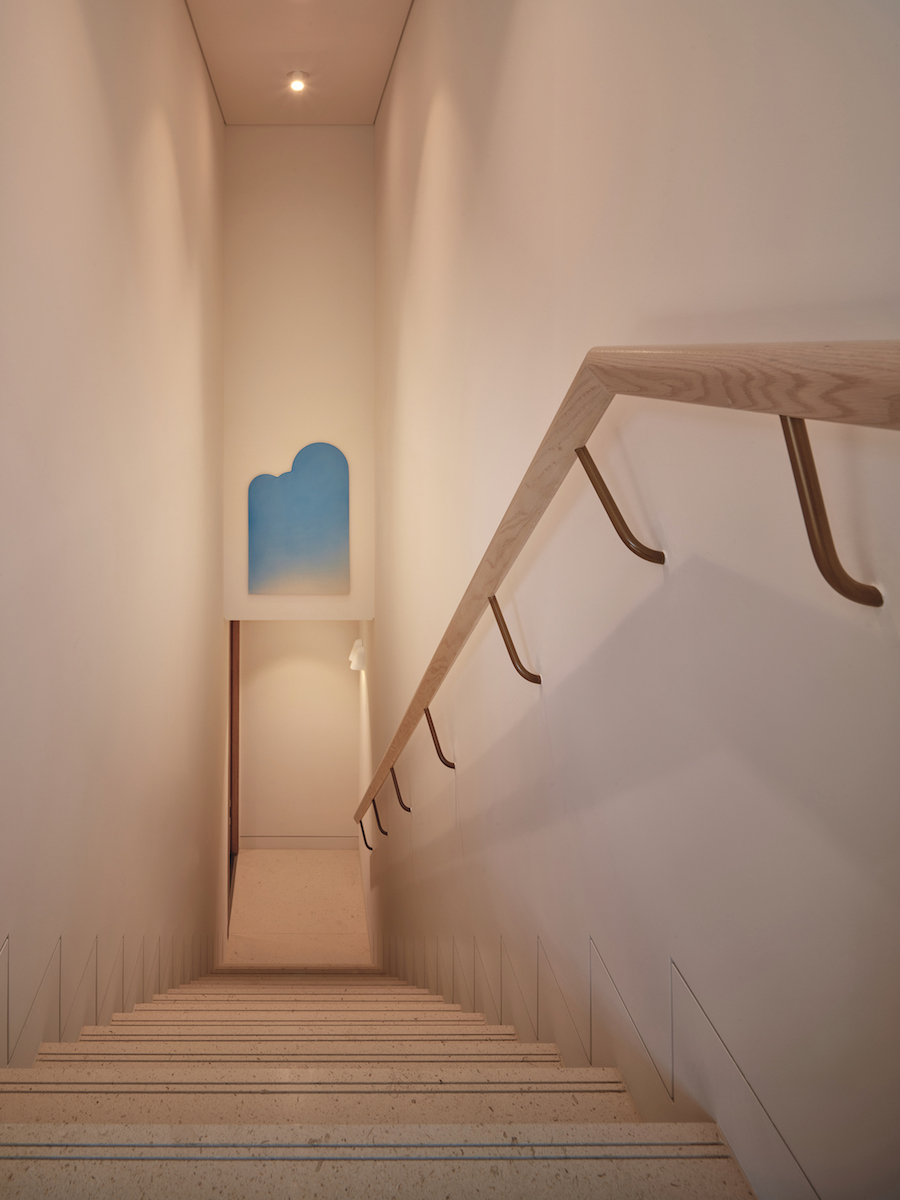Seoul-based interior designer, Teo Yang’s signature style balances Korean heritage with innovative modernity. Much of his inspiration comes from Korea’s rich past, which he interprets into contemporary settings, not so much as to protect tradition but so as to contextualise it. This distinct aesthetic has put him in high demand by elite brands, including collaborations with Fendi, Samsung, Vacheron Constantin, and major design projects for the new restaurant and wellness centre at Kukje Gallery. On top of this, Teo is an avid collector of Korean artists, such as Lee Ufan, Sungsic Moon, and Choi Myoung-Young, earning him a spot in our recent The Next Gen Art Collectors Report.
LARRY’S LIST spoke with Teo about his design practice and how he, as a tastemaker and trendsetter, works with art collectors to bring out the best of their artworks and find those striking balances that, while stunning on IG, are even more so in reality.
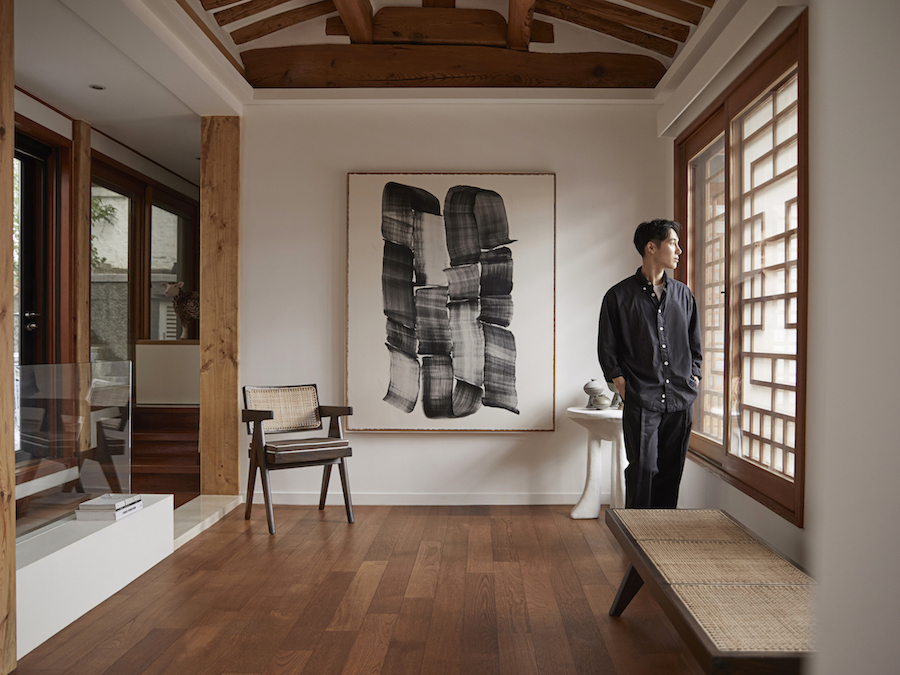
10 Questions with Teo Yang
What is your number-one rule when designing a space to best compliment an art collection?
Fully understanding the intention of collectors and the contemporary meaning of the collections they have.
Do art collectors differentiate from your other clients? How so?
Definitely, art collectors’ projects always start with how to best showcase the collection. The collections themselves are their manifesto and expression of personal history and taste, so it is very important to present them in an accurate fashion.
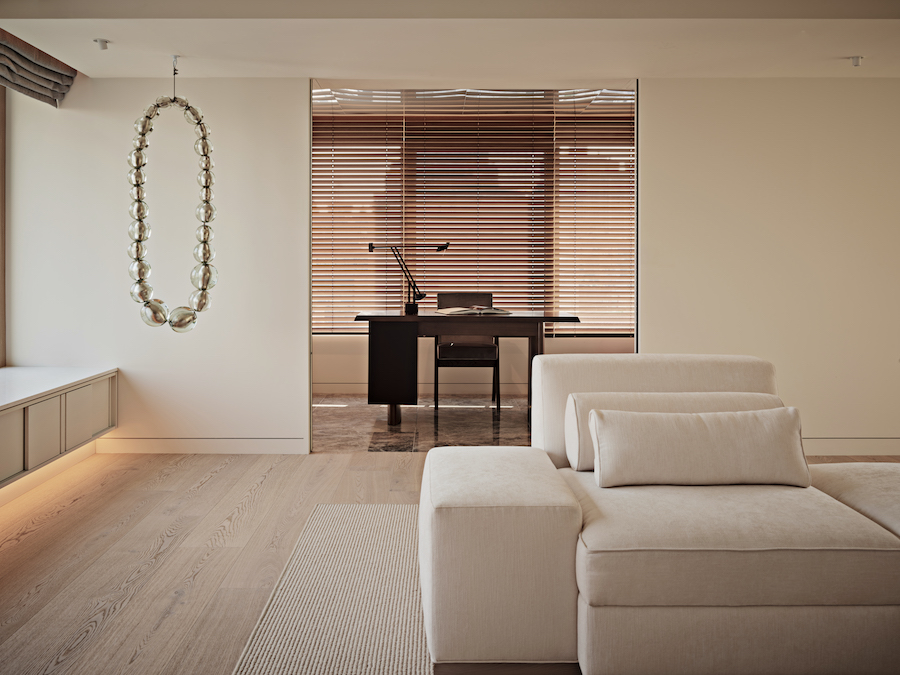
Would you share some of your personal favourite artists that you love to see in collector homes?
Ufan Lee. His work has a very unique energy which transforms the space to a certain setting, such as adding vibrant energy to a calm environment or peace to a chaotic space.
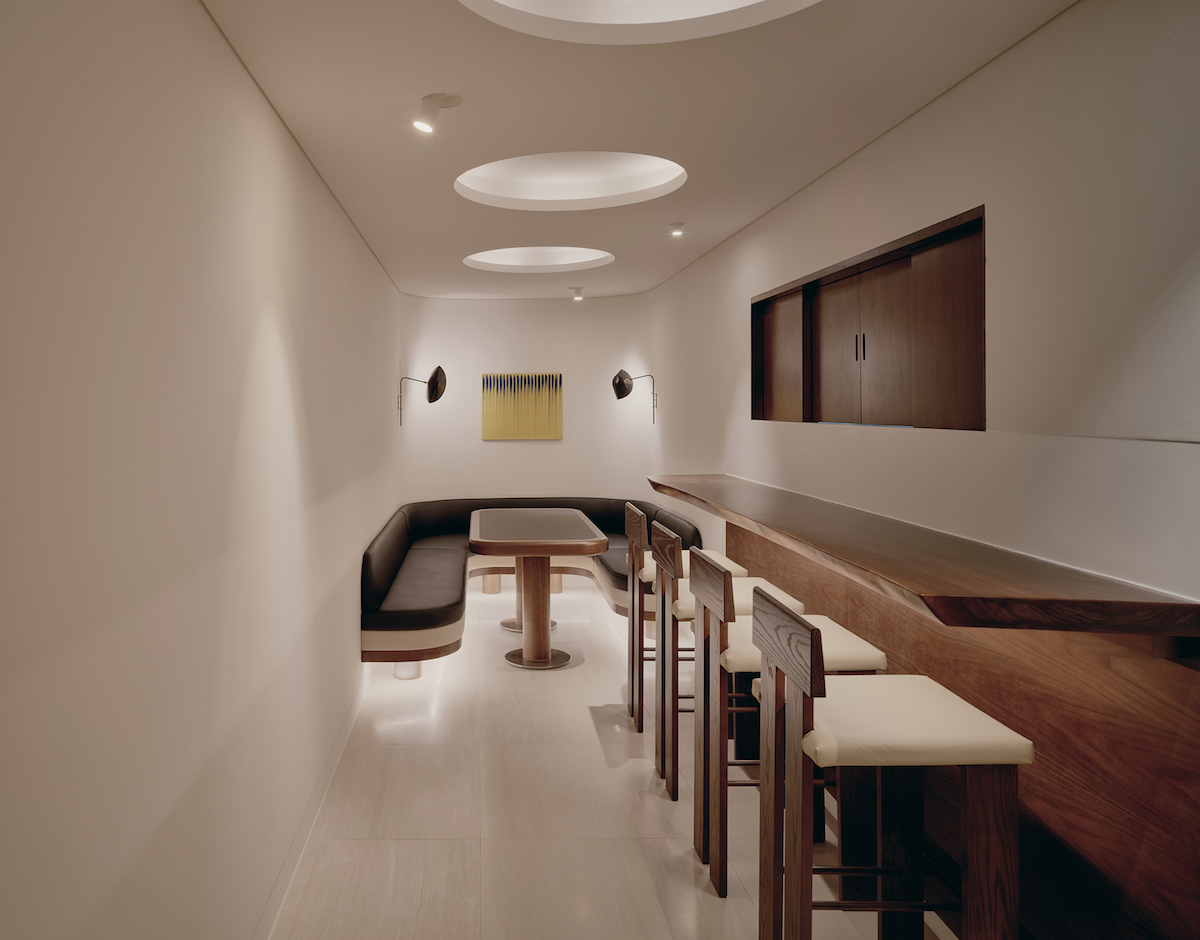
Interiors and art often seem to be in flawless harmony. Yet, we know from our collectors that artworks eventually change. Does this mean that the interiors have to change too?
It would be great to change the interior to compliment the artwork. But it would take time and stress, so having your environments completed with a neutral palette background with some nice lighting and let the artworks change and rotate and let them do the magic.
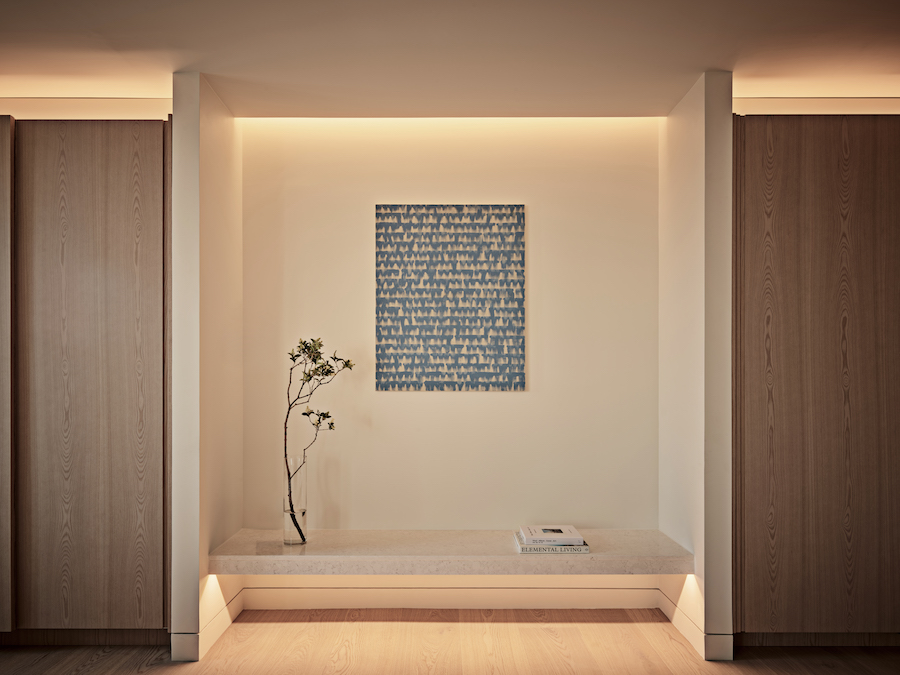
Your style is celebrated for the unique way in which you blend heritage with contemporary design. Could you tell us more about how you balance these two sources of inspiration?
When looking at heritage and tradition for my source of inspiration, I always try to read the contemporary meaning behind it. There are so many lessons and values from history which provide solutions for our society, so when utilizing heritage and history in my work, it is not about recreating or mimicking the past. We should focus on the philosophy and the message; when you focus on the message, finding balance between the past and now happens naturally.
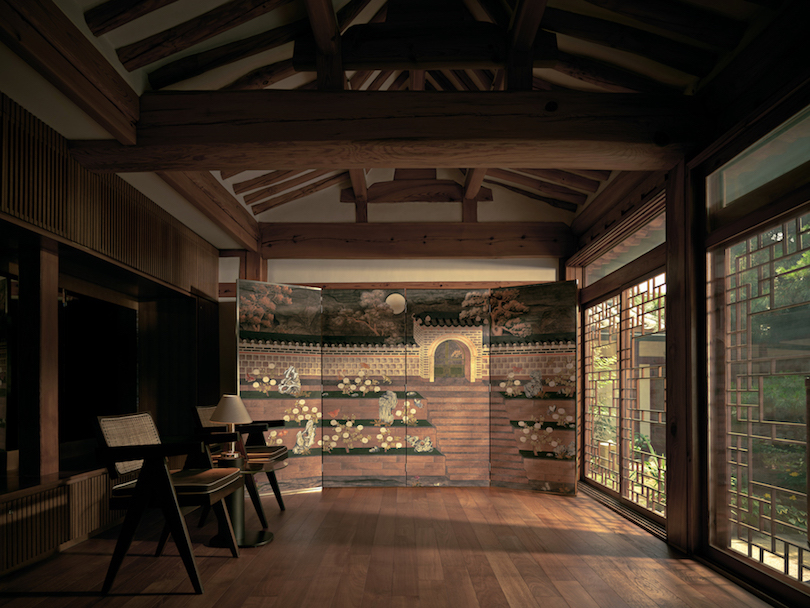
Your own personal art collection ranges from ancient art through to highly contemporary pieces, as seen on your IG account. Could you tell us more about your collection? Which pieces are closest to your heart?
My collection is a tool and research materials to search for the essential Korean aesthetic and its meaning.
From ancient earthenware from 4AD to Ufan Lee’s painting from 1979, I do feel an underlying conversation which runs through time. Hope I can clearly understand it and hopefully put it in words one day.
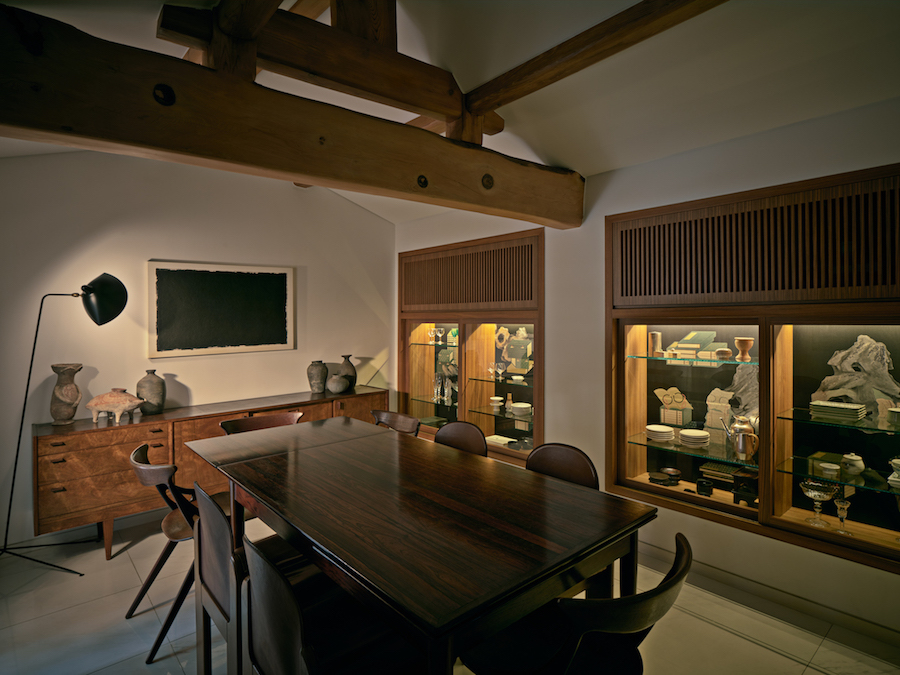
In your design practice, you have worked closely with Kukje Gallery and have taken opportunities to support artists such as Lee Ufan. Who are some of the top Korean artists that should be on our radar?
Korea has exceptional contemporary female artists such as Haegue Yang and Lee Bul. They have been making an influence on the global art scene beyond Korea by surprising audiences with their unique perspectives on materiality, production methods and distinctive philosophies. I was very lucky to work with Haegue Yang’s piece for Kukje Gallery’s new restaurant.
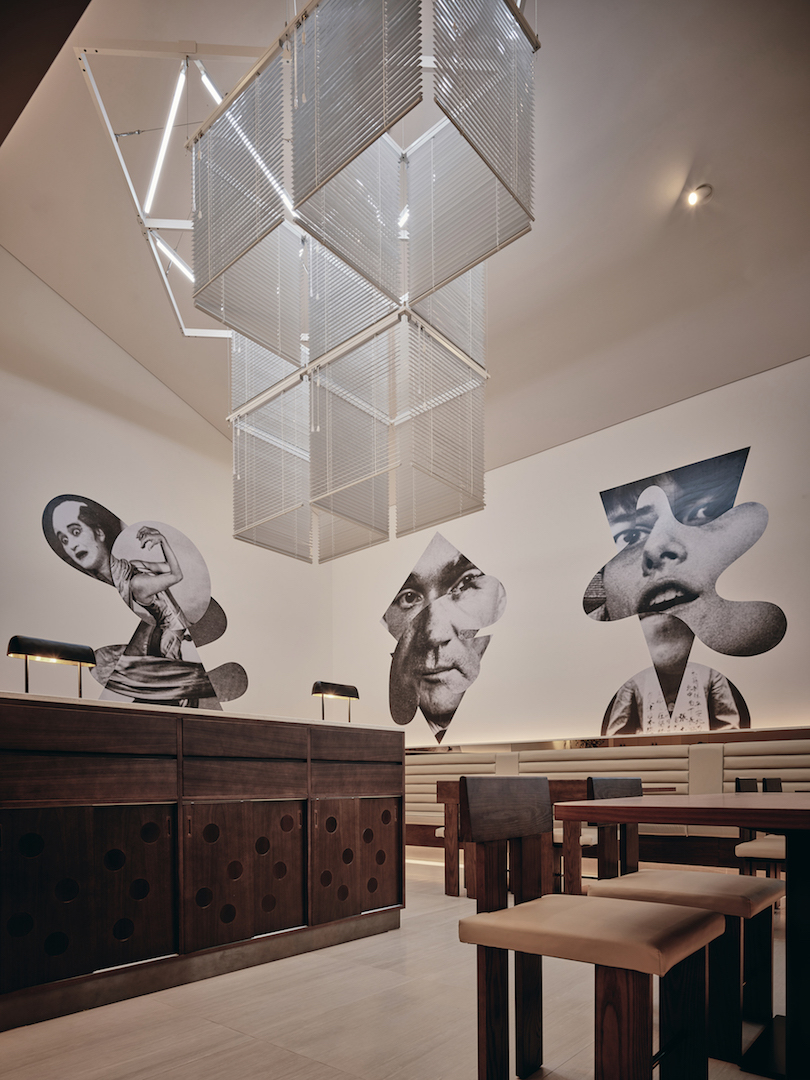
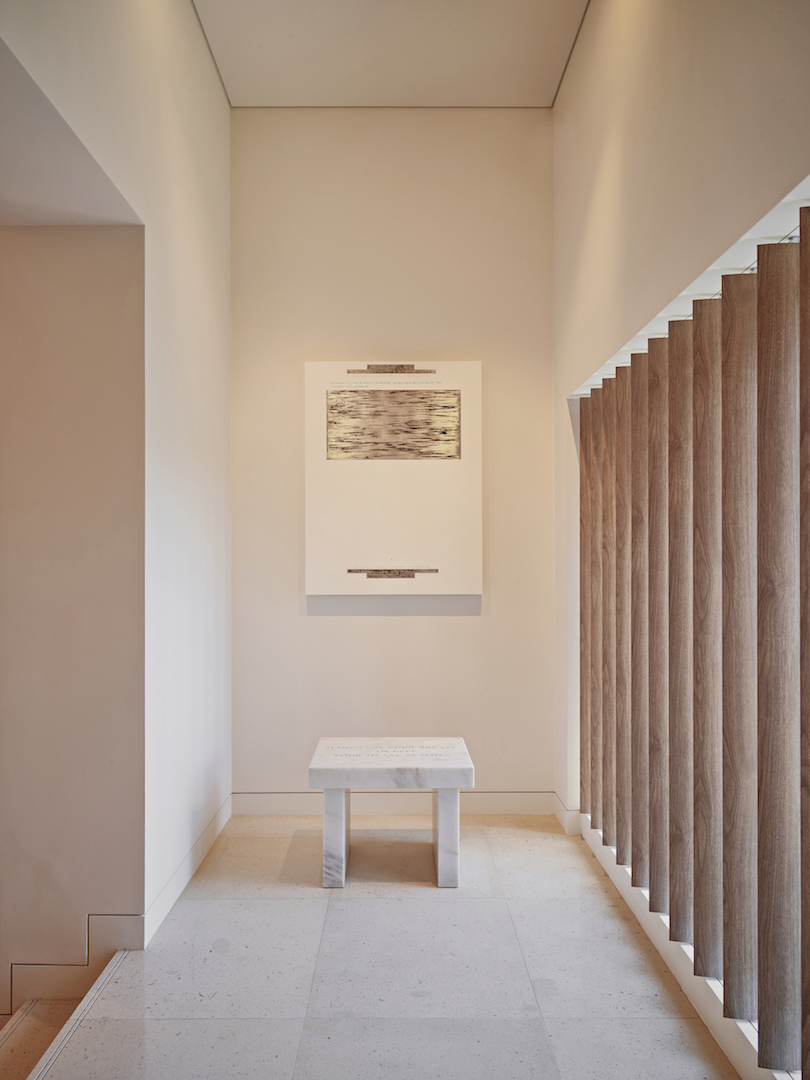
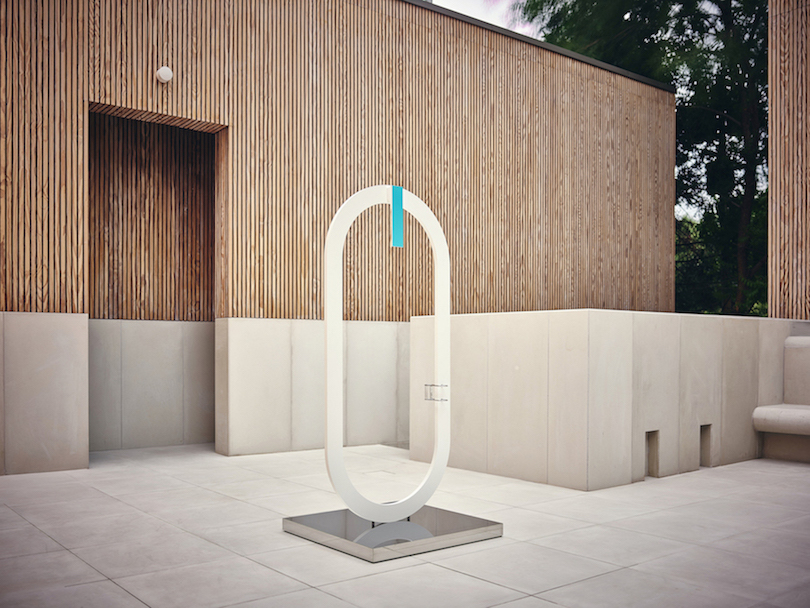
In the art world, we sometimes see artworks and art installations that look stunning in the .jpg but then when seeing the actual works, they are comparatively disappointing. Do you create your interiors for the image in the magazine or for daily living?
Photography is another topic and another form of art. Photographers do have the ability to find the right angle even in the not-so-desirable conditions. I do agree photography and reality could be very different.
For me, making daily life beautiful and memorable is an understatement, but I also do think about how it would look great in the camera as well. I believe well-executed space can definitely comprise of both.
As a tastemaker, are there any trends from your perspective you could share with us? What can we expect to see in your future projects?
Overcoming taste and artificial adornments. I want to be free from it all.
I am focusing on creating brands and spaces where pretense fades and essential remains.
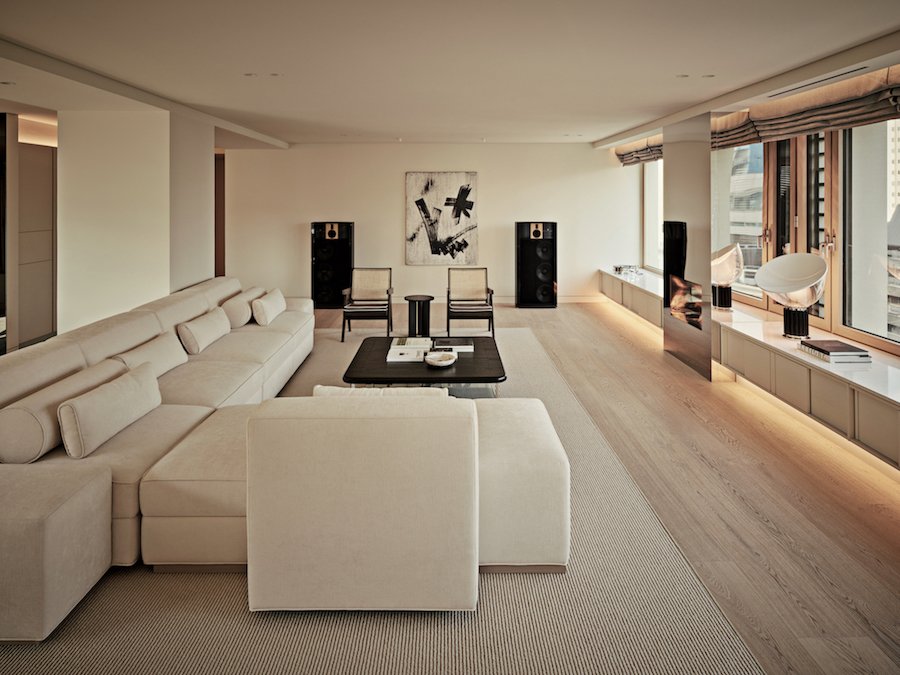
Can you share 5 of your most inspirational IG accounts?
@axelvervoordt_co
@ocula.art
@virgilabloh
@ignant
@anothermagazine
And of course @larrys_list
All photographs courtesy of Teo Yang.
Related: Teo Yang Studio
Instagram: @teoyang
A selection of artists and designers featured in Teo’s designs:
Choi Myoung-Young
de Gournay
Elmgreen & Dragset
Gregor Hildebrandt
Jenny Holzer
Lee Ufan
Pierre Jeanneret
Oliver Knight & Rory McGrath
Serge Mouille
Jean-Michel Othoniel
Ugo Rondinone
Haegue Yang
By Jamie Bennett





